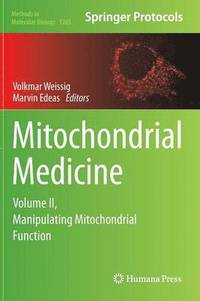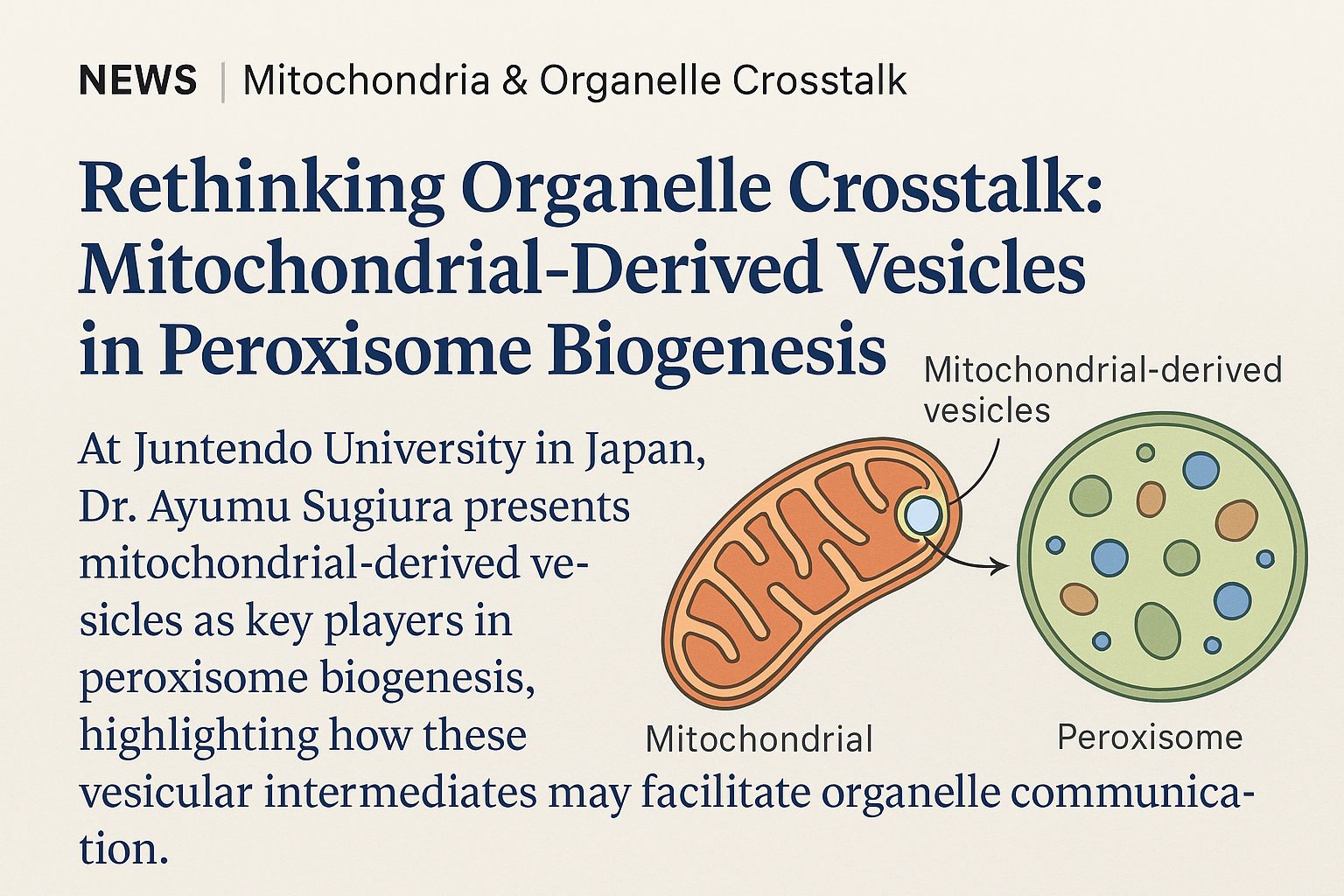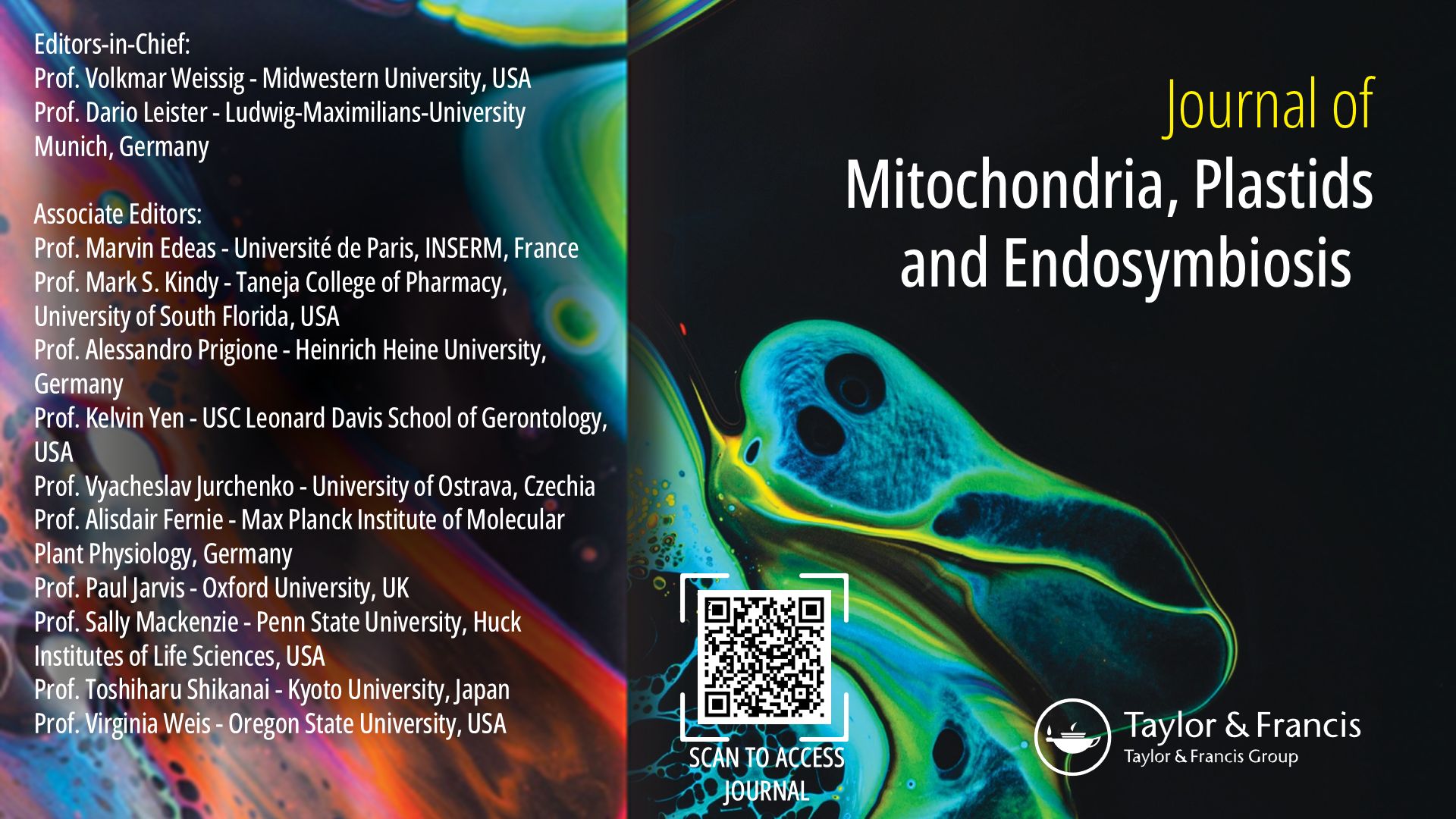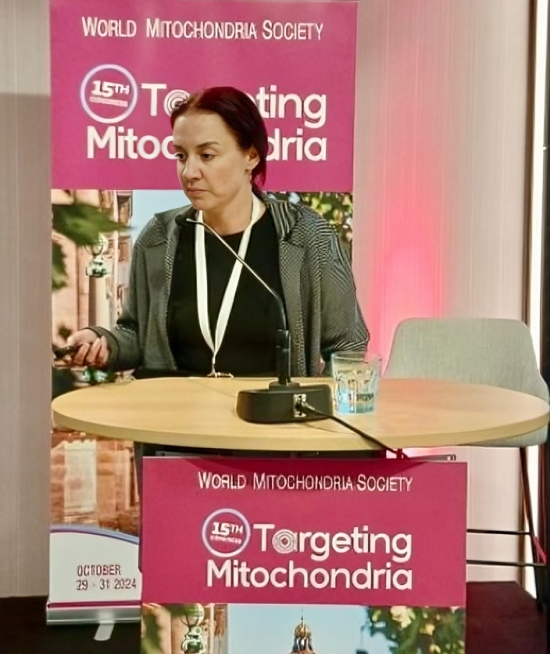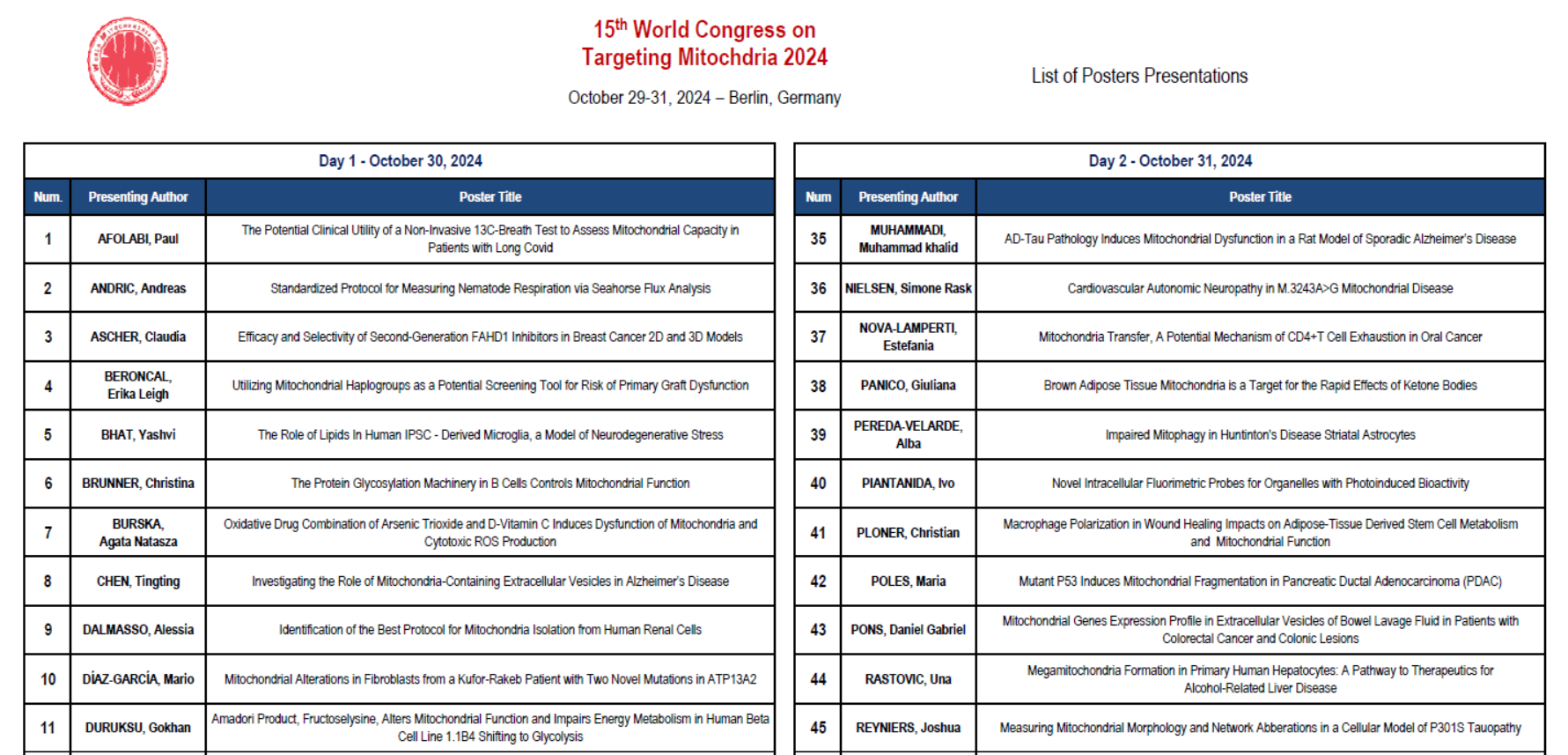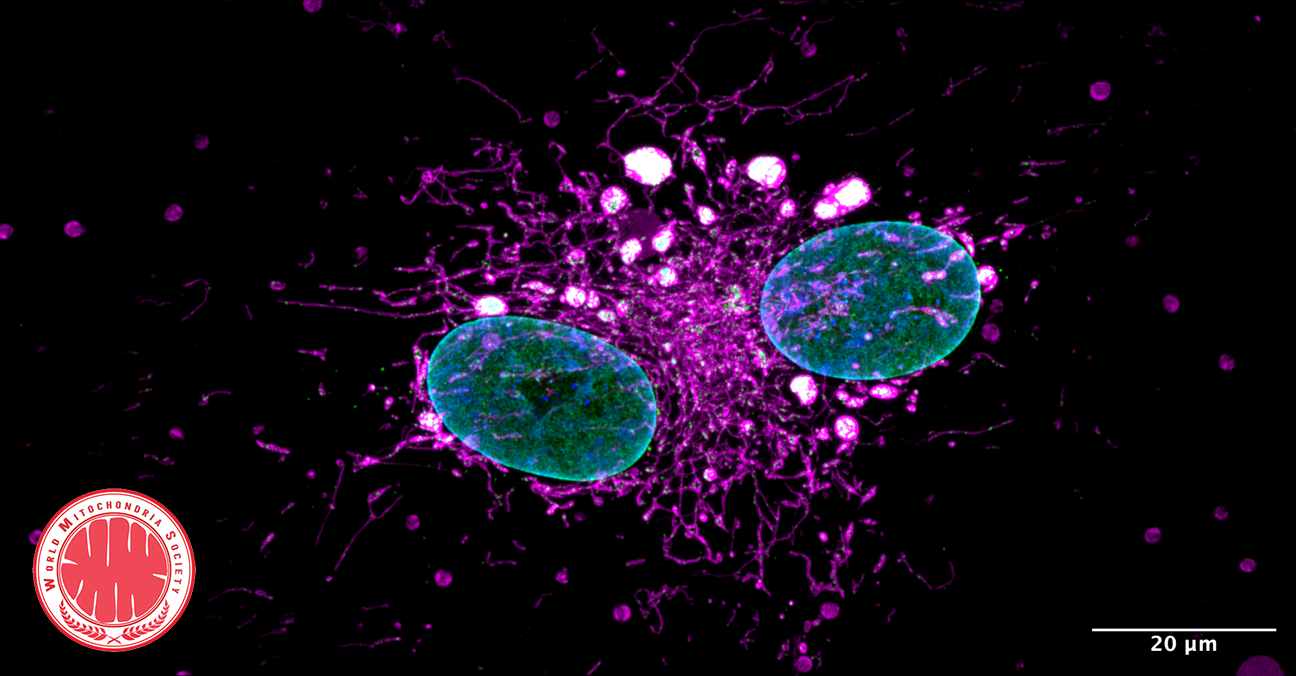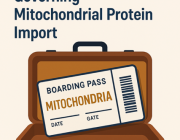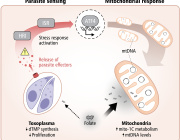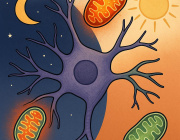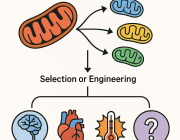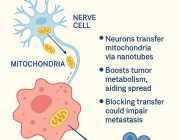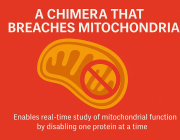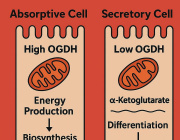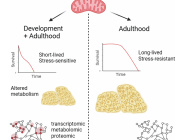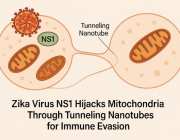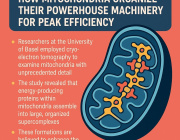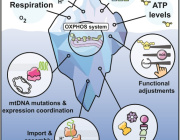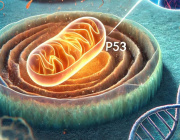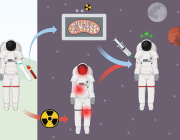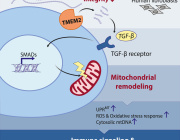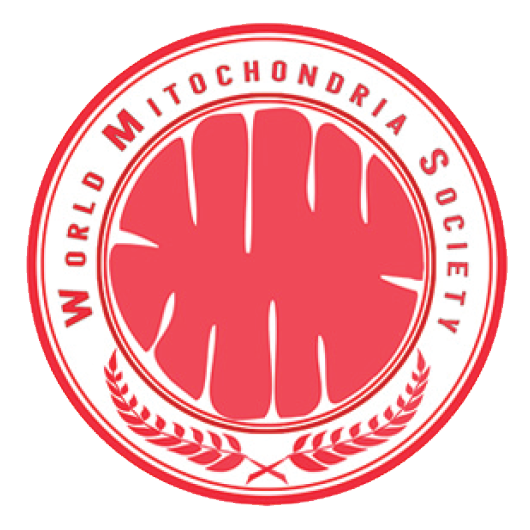How some tissues can “breathe” without oxygen
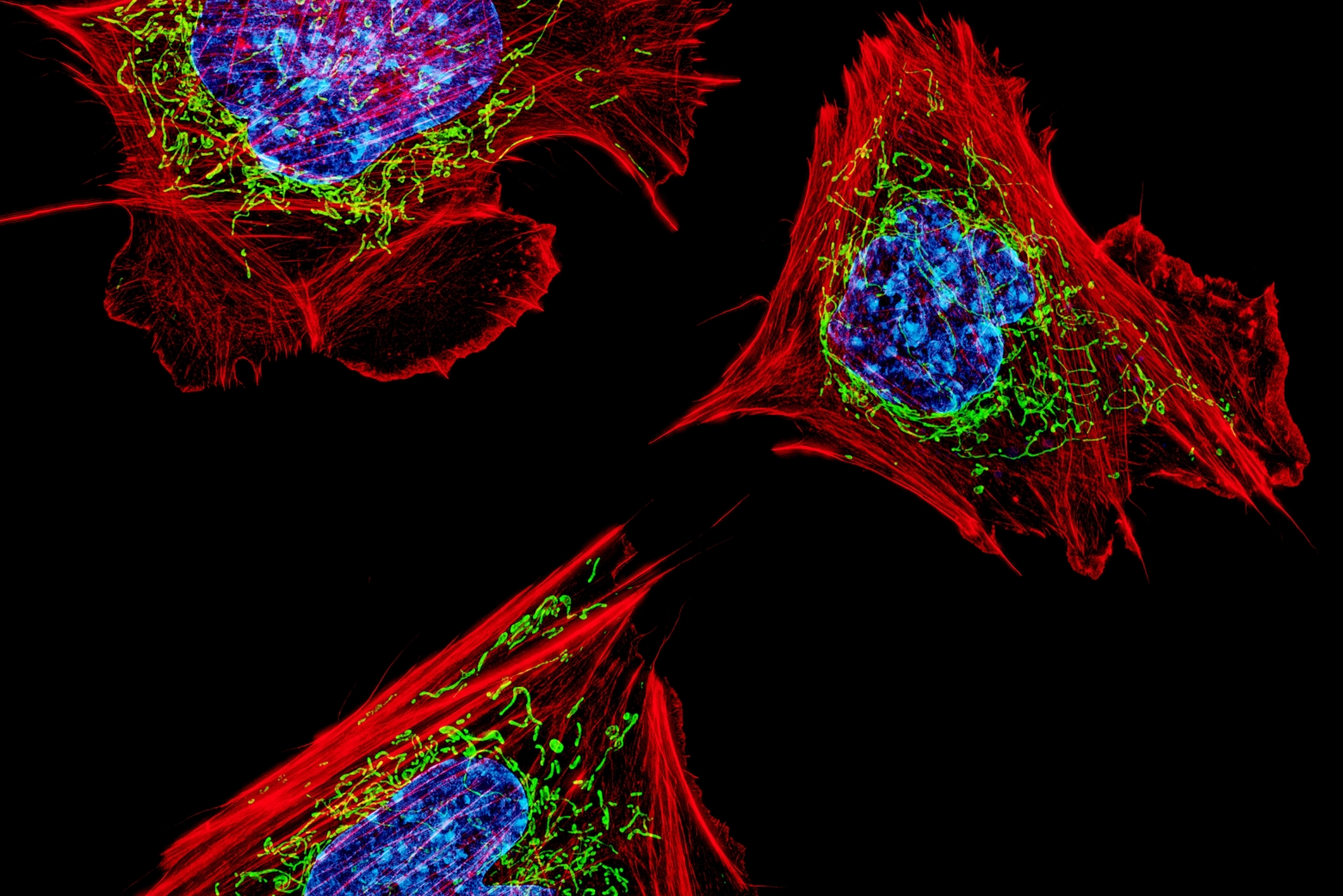
Humans need oxygen molecules for a process called cellular respiration, which takes place in our cells’ mitochondria. Through a series of reactions called the electron transport chain, electrons are passed along in a sort of cellular relay race, allowing the cell to create ATP, the molecule that gives our cells energy to complete their vital functions.
In the past, however, scientists have noticed that cells are able to maintain some functions of the electron transport chain, even in the absence of oxygen. “This indicated that mitochondria could actually have partial function, even when oxygen is not the electron acceptor,” said Whitehead Institute postdoctoral researcher Jessica Spinelli. “We wanted to understand, how does this work? How are mitochondria capable of maintaining these electron inputs when oxygen is not the terminal electron acceptor?”
In a paper published December 2 in the journal Science, Whitehead Institute scientists and collaborators led by Spinelli have found the answer to these questions. Their research shows that when cells are deprived of oxygen, another molecule called fumarate can step in and serve as a terminal electron acceptor to enable mitochondrial function in this environment. The research, which was completed in the laboratory of former Whitehead Member David Sabatini, answers a long-standing mystery in the field of cellular metabolism, and could potentially inform research into diseases that cause low oxygen levels in tissues, including ischemia, diabetes and cancer.
The World Mitochondria Society will highlight this topic in the "13th Targeting Mitochondria Congress 2022".
View full article here.
Cancer Cells Strengthen by Sucking Mitochondria out of Immune Cells Using ‘Tiny Tentacles’, Study Finds
Cancer cells gain strength by forming “tiny tentacles” that suck the power out of immune cells, a recent study that could help develop new drug targets against the malignant disease has suggested.
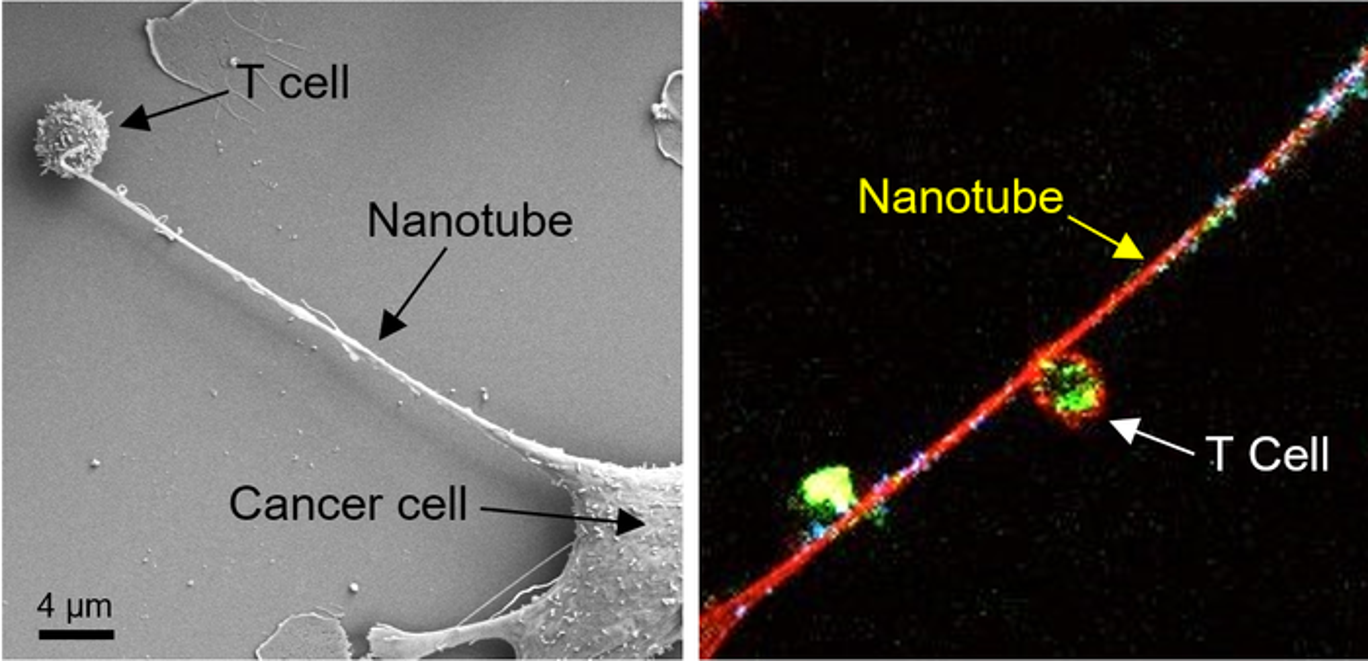
Credits to National Cancer Institute
Left: Microscopic image shows formation of a nanotube between a breast cancer cell and an immune cell.
Right: Image shows mitochondria (labeled with green fluorescence dye) traveling from a T cell to a cancer cell through the intercellular nanotube.
Scientists from Brigham and Women's Hospital and MIT employed nanotechnology to identify a novel method that cancer may neutralize its would-be cellular adversaries. Immune cells are depleted, and cancer cells are boosted by slurping out the immune cell's mitochondria. Research published in Nature Nanotechnology suggests that the next generation of cancer immunotherapy may have a different target.
Shiladitya Sengupta, the corresponding author of the study and co-director of the Brigham's Center for Engineered Therapeutics, stated, "Cancer kills when the immune system is inhibited, and cancer cells are allowed to spread, and it looks that nanotube may help them accomplish both." When it comes to cancer cells evading the immune system, "this is an entirely new process, and it provides us with a new target to pursue. "Sengupta and colleagues co-cultured breast cancer cells with immune cells such as T cells to study the nanoscale interactions between cancer cells and immune cells. They noticed something strange when they used field-emission scanning electron microscopy: Immune cells and cancer cells seemed to be physically linked by thin tendrils, with diameters ranging from 100 to 1000 nanometers. Some of the nanotubes formed thicker tubes as they came together. As a result, they used a fluorescent dye to label mitochondria from T cells. They observed that the mitochondria were sucked out of the immune cells and delivered to cancer cells through the nanotube system.
According to co-corresponding author Hae Lin Jang, Ph.D., a principal investigator at the Center for Engineered Therapeutics, "by carefully preserving the cell culture condition and observing intracellular structures, we saw these delicate nanotubes, and they were stealing the energy source of the immune cells." In cancer cells, this type of activity has never been seen previously. When working with nanotubes, which are pretty delicate, we had to be extremely careful with the cells to avoid damaging them.The scientists next investigated what would happen if they blocked the cancer cells from gaining access to mitochondria. Using mice models of lung and breast cancer, scientists found that tumor development was significantly reduced when an inhibitor of nanotube production was administered.
"Finding combinations of medicines that potentially enhance outcomes is one of the aims of cancer immunotherapy," said lead author Tanmoy Saha, Ph.D., a postdoctoral researcher at the Center for Engineered Therapeutics. "Based on our findings, it seems that a nanotube formation inhibitor might be paired with cancer immunotherapies and examined to determine whether it improves patient outcomes."
Reference:
Saha, T., Dash, C., Jayabalan, R. et al. Intercellular nanotubes mediate mitochondrial trafficking between cancer and immune cells. Nat. Nanotechnol. (2021).
https://doi.org/10.1038/s41565-021-01000-4
An Overactive Sweet Tooth May Spell Trouble for Our Cellular Powerplants
Recent researches demonstrated by Dr. Ning Wu, an assistant professor at Van Andel Institute, Grand Rapids, shows that the average American eats roughly 22 teaspoons of added sugar a day: more than three times the recommended amount for women and more than double the recommended amount for men.
Although this overconsumption is known to contribute to Type 2 diabetes and other disorders, the exact ways in which eating too much sugar sets the stage for metabolic diseases on a cellular level has been less clear.
A recent study led by Van Andel Institute scientists has found that surplus sugar may cause our cellular powerplants — called mitochondria— to become less efficient, reducing their energy outputs.
The findings, published today in Cell Reports, highlight the cellular implications of excessive sugar consumption and provide an important new model to study the initial metabolic events that may contribute to diabetes development.
“The body needs sugar, or glucose, to survive, but, as the saying goes: ‘All good things in moderation,’” said Dr. Ning Wu. “We found that too much glucose in cells, which is directly linked to the amount of sugar consumed in one’s diet, affects lipid composition throughout the body, which in turn affects the integrity of mitochondria. The overall effect is a loss of optimal function.”
Using their new model, Wu and her colleagues demonstrated that excess glucose reduces the concentration of polyunsaturated fatty acids (PUFAs) in the mitochondrial membrane and makes mitochondria less efficient. PUFAs are vital players in supporting mitochondrial function and mediating a host of other biological processes such as inflammation, blood pressure and cellular communication.
Instead, excess glucose is synthesized into a different form of fatty acid that isn’t as efficient or as flexible as PUFAs. This upends the lipid composition of the membrane and puts stress on the mitochondria, damaging them and impacting their performance.

Picture representing the study on mouses.
Wu and her colleagues were able to reverse this detrimental effect by feeding their mouse models a low-sugar ketogenic diet, which suggests that reducing glucose and restoring normal membrane lipid composition supports healthy mitochondrial integrity and function. They also found that consuming excess carbohydrates reduces the beneficial effect of PUFA supplements.
To conclude, Dr. Wu says: “Although we may not always notice the difference in mitochondrial performance right away, our bodies do,” Wu explained. “If the lipid balance is thrown off for long enough, we may begin to feel subtle changes, such as tiring more quickly. While our study does not offer medical recommendations, it does illuminate the early stages of metabolic disease and provides insights that may shape future prevention and therapeutic efforts.”
News Source: https://www.vai.org/ning-wu-sugar-mitochondria/
View full article here.
Scientists Explore the Creation of Artificial Organelles
The human body is made of numerous different types of cells, which have small compartments known as organelles to perform complex biochemical reactions. These compartments have multiple enzymes that work together to execute important cellular functions. Researchers at the Center for Soft and Living Matter within the Institute for Basic Science (IBS, South Korea) have successfully mimicked these Nano spatial compartments to create ‘artificial mitochondria’ in the latest research published in Nature Catalysis as a cover article. They state the technology can be used to construct artificial organelles that can supply ATP or other useful molecules to cells in damaged or diseased tissues.
 Credits to: Institute for Basic Science
Credits to: Institute for Basic Science
This was achieved through reprogramming of ‘exosomes’, which are small vesicles (diameter ~120 nm) that cells use for intercellular signaling. The researchers carried out the experiments using microfluidic droplet reactors, which generated small droplets that were of similar size as typical cells. (diameter ~10 μm) The researchers first aimed to facilitate controlled fusion of these exosomes within the droplets while preventing unwanted fusions.
They accomplished this by tailoring the exosome surfaces with molecules called catechol, which is a chelating agent that forms complexes with metal ions. This was in turn done by attaching the catechol onto antibodies that target specific cell markers, such as CD9. The complex-forming property of catechol allows them to drive fusions between exosomes when they are mixed with metal ions such as Fe3+. The membrane fusion occurs when the catechols on the surfaces bind to the iron and bring the vesicles to close proximity to one another.
News Source: https://scienmag.com/scientists-explore-the-creation-of-artificial-organelles/
DOI: 10.1038/s41929-021-00669-z
Targeting Mitochondria 2021 Congress
October 27-29, 2021
Interactive Online Congress
www.targeting-mitochondria.com
Comprehensive Multi-Omics Analysis Reveals Mitochondrial Stress as a Central Biological Hub for Spaceflight Impact
Spaceflight is known to impose changes on human physiology with unknown molecular etiologies.

To reveal these causes, the bioinformatician and principal investigator at KBR/NASA Ames Research Centera group, Dr. Afshin Beheshti, along with a group of scientists used a multi-omics, systems biology analytical approach using biomedical profiles from fifty-nine astronauts and data from NASA’s GeneLab derived from hundreds of samples flown in space to determine transcriptomic, proteomic, metabolomic, and epigenetic responses to spaceflight. According to the conducted research, overall pathway analyses on the multi-omics datasets showed significant enrichment for mitochondrial processes, as well as innate immunity, chronic inflammation, cell cycle, circadian rhythm, and olfactory functions.
However, NASA’s Twin Study provided a platform to confirm several of the researchers' principal findings.
In a nutshell, an intriguing finding happnened: they found evidence of altered mitochondrial function and DNA damage in the urine and blood metabolic data compiled from the astronaut cohort and NASA Twin Study data, indicating mitochondrial stress as a consistent phenotype of spaceflight.
DOI:https://doi.org/10.1016/j.cell.2020.11.002
Click here to view the full article.






